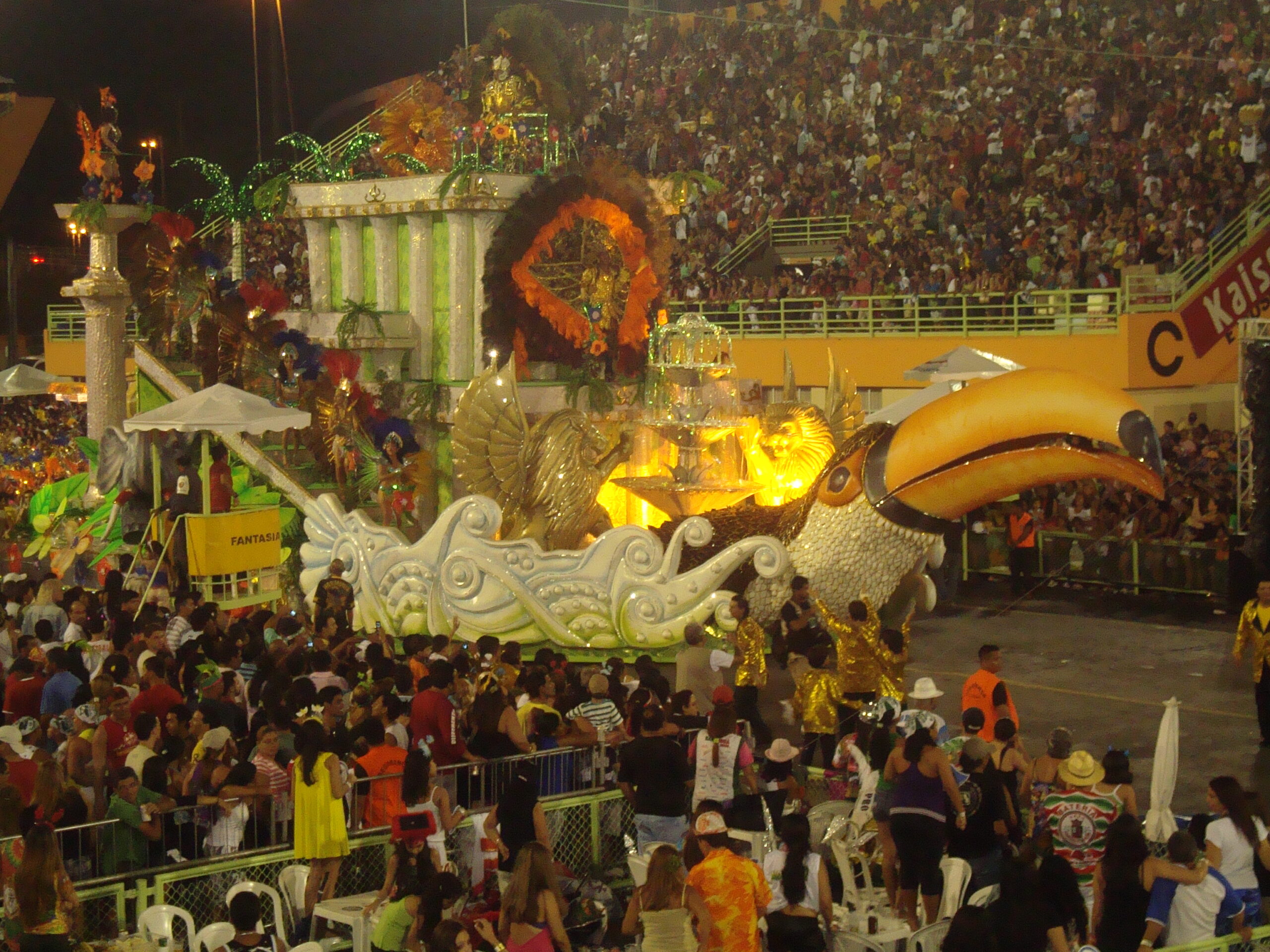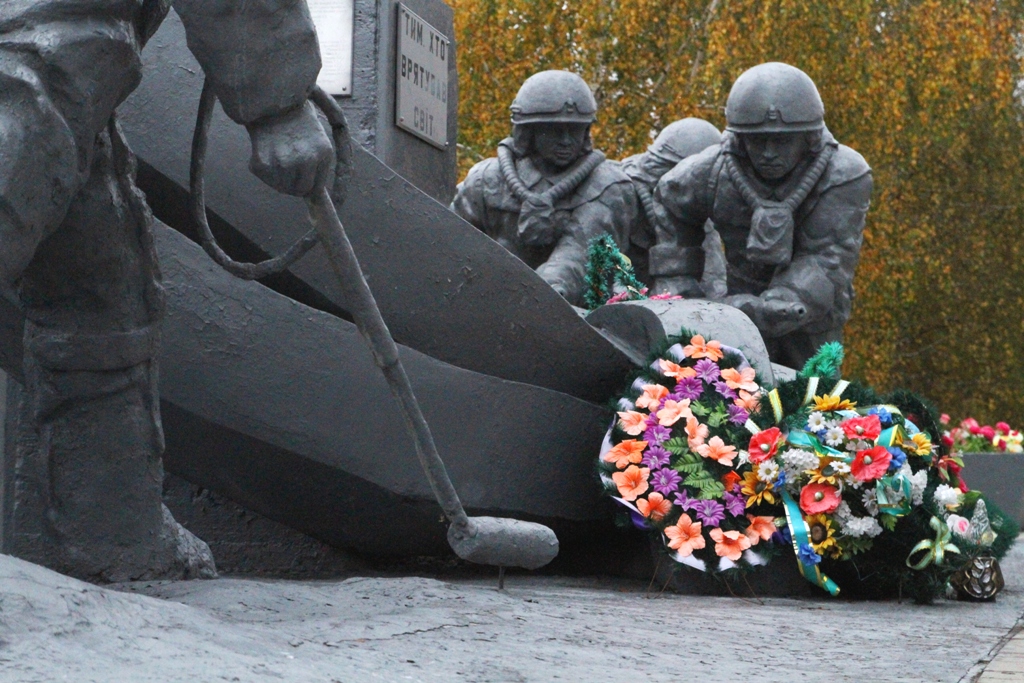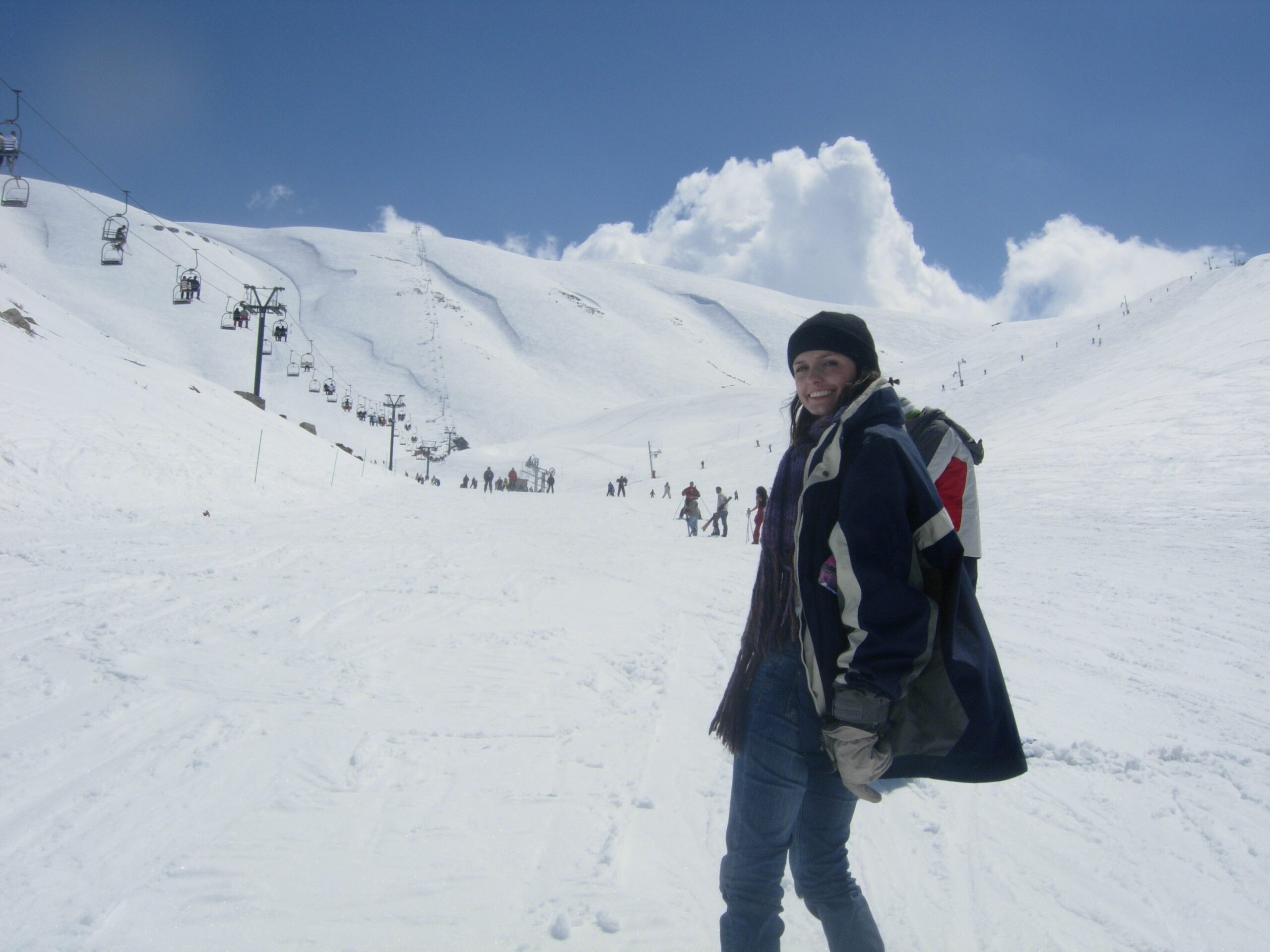
Manaus, Brasil Carnaval
Chunks of mamão, swim in the palms of my hands. The orange fruit is shaped as an eggplant, and grows in tropical countries like Brazil. Lulling in a bamboo tweeted chair, I study the fruit, and wave a greeting to purple-skinned Afro-Brazilians pushing agua coco stands along Baracao beach. Their loads are full in preparation for their largest carnival.
The annual festival, beginning on Ash Wednesday in February, in the city of São Salvador da Bahia de Todos os Santos—”Holy Savior of All Saints’ Bay,” in English—encompasses kilometer after kilometer of streets filled to the brim with people and block after block lined with stands, “camarotes.” Like the famous Rio de Janeiro Carnival, Bahia participates in a week-long celebration of local cuisine, culture and sainthood.
Bahia Carnival is not nubile women in feathers, high up on moving floaters, rather peppered with people in plastic sandals singing the vocals of their local heroine, Eliane Faria. They rehearse their Bahiano Portuguese songs—a mixture of Samba and Bossa Nova, rooted in shantytowns called “favelas.”
La Avenida Oceanica snakes ahead under white floating balloons with “Skol” beer and “Copa Fútbol 2014” logos, hovering above street vendors selling fake tribal tattoos, LM cigarettes, and Coca Cola Zero cans. Beer-sponsored jersey shirts and torn jean shorts tightly fit the beautiful Brazilian bodies with small waistlines.
With booming music over loudspeakers, crowds settle, and young boys with white markings on their shoulders begin to dance. They sing in celebration of Amazonic tribal leaders, suffocating the chatter of Norwegian, Swedish, and Australian tourists already stomping their feet.
Glittered heels tap against wooden platforms atop floating stages, as Funkie Brazilian Reggae and Samba performances erupts into the evening. Commercial electronic music follows, and children start kicking soccer balls.
I climb a float shaped like a Skol beer can and begin copying the dance moves of the Samba ladies adorned with feathers. Looking down I take note of the strong efforts of pushing floats—ten pushers at a time. Far ahead members and priests from the Bomfim Catholic Church, dance in fine linen, wearing blue and white beads around their necks, white turbans on their heads.
Six hours into the floating performance, the Bahianos push harder at the moving wagons as more people begin to dance and beat the drums. Vendors restack their beer coolers and children repaint their markings. Women dust their eyelids with bright purple eye shadows while the tourists tear their sleeves to tie around their foreheads. Priests tie strings of cloth around ankles and wrists for blessing—all bright in color in the name of their church—in celebration of the São Salvador saints.
Tying one of their strings around my wrists, I step down the float before it parks at the end of the road, and look for more mamão.





